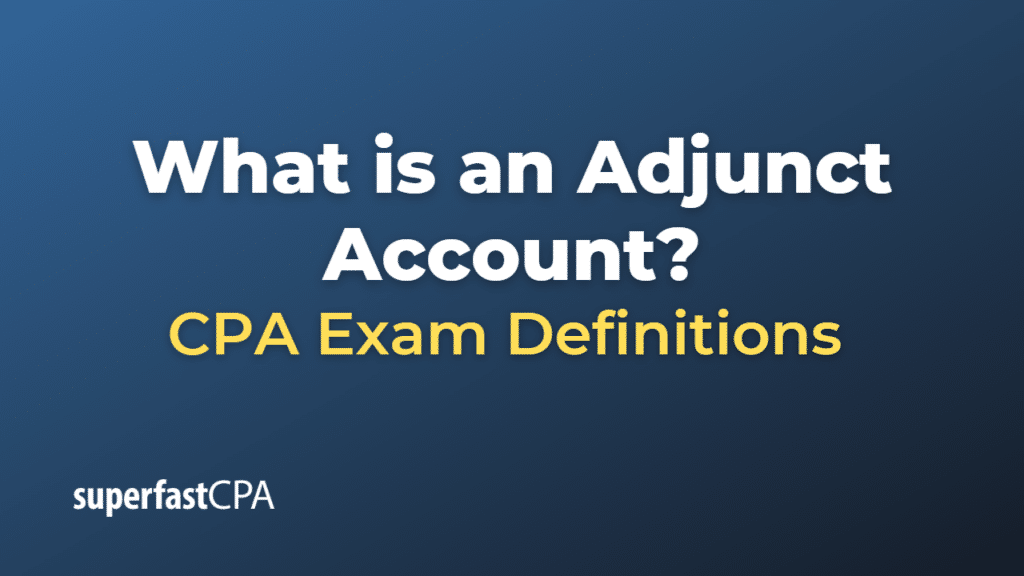Adjunct Account
An adjunct account is a supplementary account used in accounting to record and report additional information about another, related account. Adjunct accounts are usually used in conjunction with a primary account to provide more detail or to track increases in the carrying value of an asset or liability. The balance in an adjunct account is added to the balance in the primary account to arrive at the adjusted carrying value of the related asset or liability.
A common example of an adjunct account is the “accumulated depreciation” account, which tracks the total depreciation expense accumulated over the life of a fixed asset, such as a building, machinery, or equipment. The accumulated depreciation account is an adjunct account to the primary asset account, and its balance is subtracted from the cost of the asset to calculate the asset’s net book value.
Another example is the “discount on bonds payable” account, which is an adjunct account to the “bonds payable” account. The discount on bonds payable represents the difference between the face value of the bonds and the amount received when the bonds were issued, if the bonds were issued at a discount. The balance in the discount on bonds payable account is subtracted from the face value of the bonds to arrive at the carrying value of the bonds payable on the balance sheet.
Example of an Adjunct Account
Let’s consider an example of an adjunct account using the accumulated depreciation account for a company’s machinery.
Imagine Company XYZ purchased a piece of machinery for $50,000, and the machinery has an estimated useful life of 10 years, after which it will be worth nothing (a salvage value of $0). The company uses the straight-line method of depreciation, which means it will depreciate the machinery by $5,000 per year ($50,000 / 10 years).
At the end of the first year, the company records the following journal entry for the annual depreciation expense:
- Debit “Depreciation Expense” for $5,000
- Credit “Accumulated Depreciation” (the adjunct account) for $5,000
At the end of the first year, the balance in the accumulated depreciation account is $5,000. The machinery’s net book value on the balance sheet is calculated as follows:
Machinery (original cost): $50,000 Less: Accumulated Depreciation: -$5,000 Net Book Value: $45,000
The accumulated depreciation account serves as an adjunct account to the machinery account, providing additional information about the machinery’s total depreciation since the date of purchase. As the years pass, the accumulated depreciation account balance will increase, and the machinery’s net book value will decrease accordingly.













